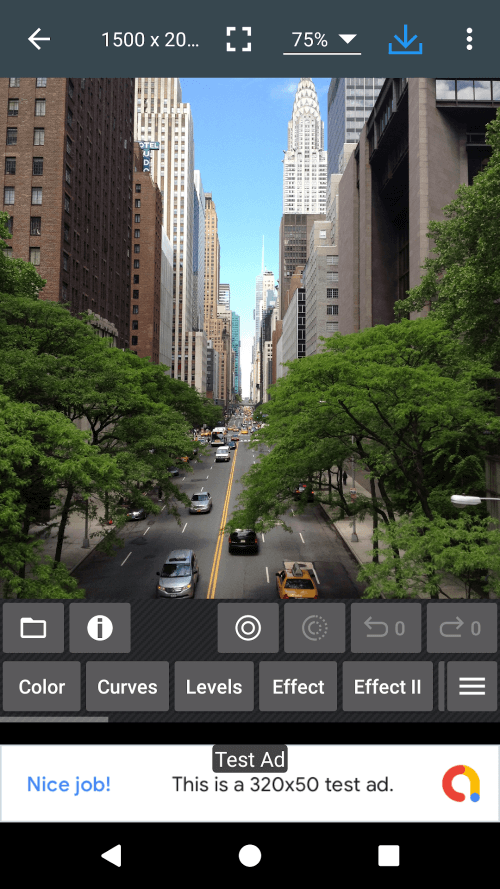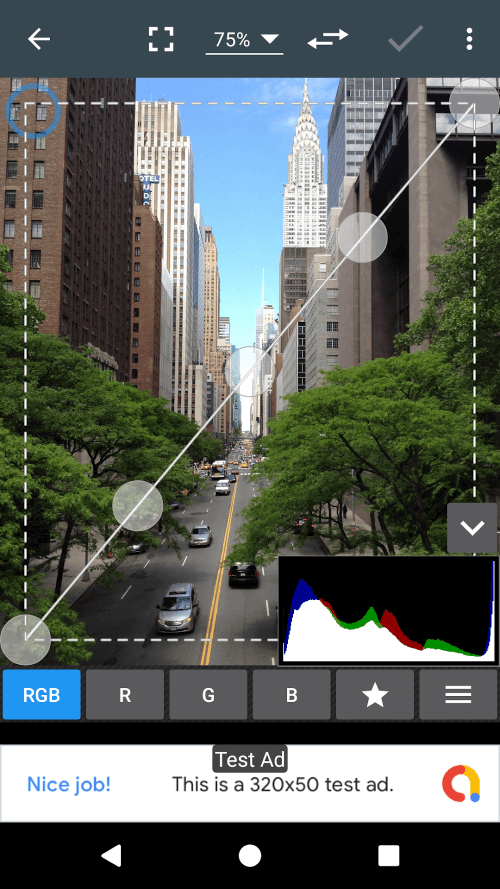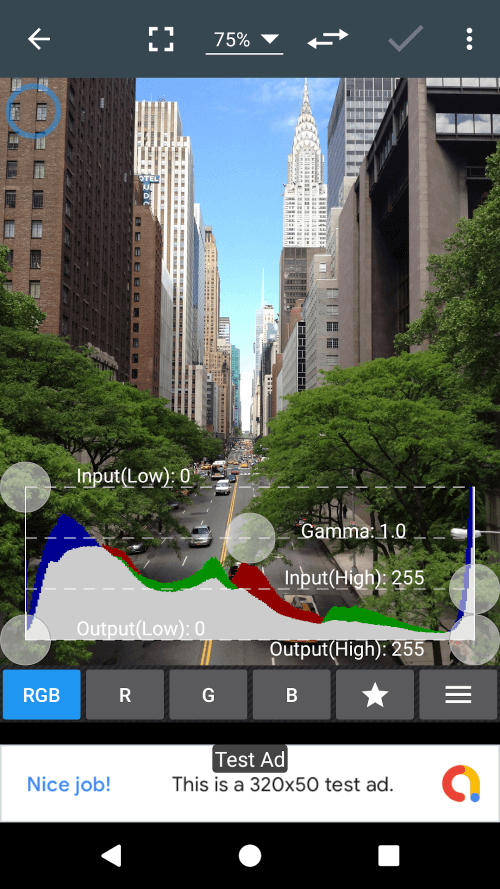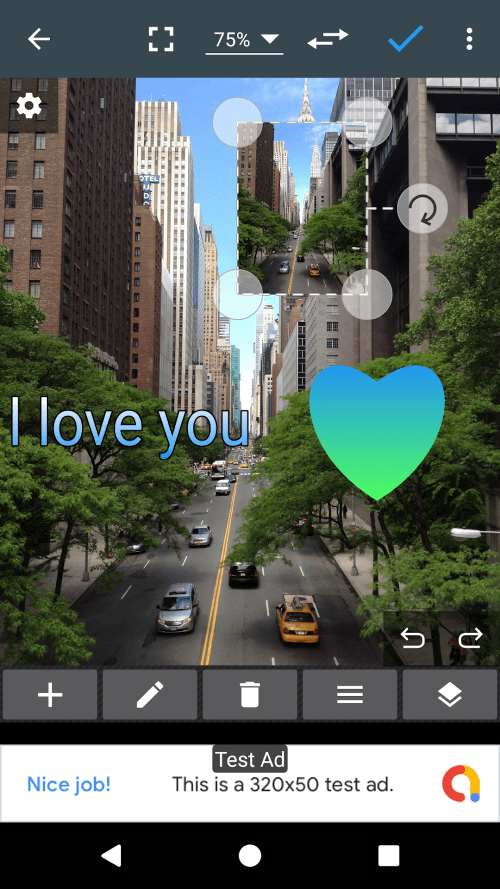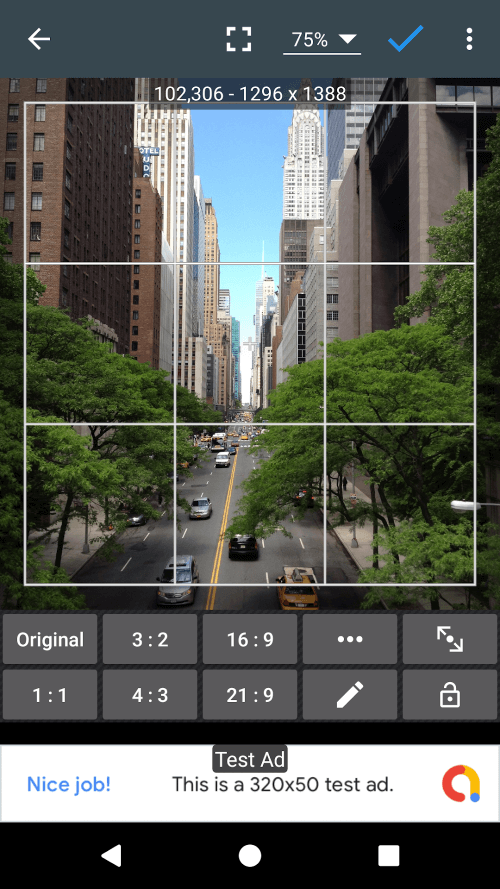Even those without prior photo editing experience can quickly learn how to achieve professional-quality images using this program on mobile devices.
THE IMAGE WAS EDITED TO MEET ALL CRITERIA
Because of using professional-level photo editing tools, Photo Editor’s interface will be more complicated than usual. Seeing the interface will be confusing for new users, but you will react naturally and without much difficulty over time. After an image has been uploaded, the editing menu in Photo Editor contains a lot of tools. In addition to photo editing tools, there are other solutions for storing and spreading images, regardless of the format. All of them are adequate, and they fulfill most of what a casual photographer might need. This is a significantly better option if you can’t use a bulky PC for image editing. The process is quick, and the product is of sufficient quality to be used in many functions.
BUILT-IN IMAGE PROCESSING TOOLBOX
Photo Editor software includes only the most basic photo editing features. As soon as you upload your photos, you can start modifying them. It not only supports color correction and transparency but also much more. Each image is meticulously crafted, with several finishing touches that add to its already high professionalism. The color section will include contrast, exposure, saturation, temperature, tint, and more. Creating the perfect color and color scheme from scratch would be great. Adjusting gamma, vibrance, blur, sharpness, and contrast will change the results. By rotating and then cropping the image, you can create various shapes. Repair damaged photos by swapping out individual pixels or making exact copies. It’s an understatement to say it’s professionally done.
FULL FORMAT SUPPORT
The user must also consider how the image is formatted because there will be many applications today where this format could be more efficient for processing or storing images. But for Photo Editor, the application will be able to open and edit the most popular image formats, including JPEG, PNG, GIF, WEBP, and PDF. All of these image formats are extremely popular. If your photo is outside of these formats, several websites can help you quickly convert it. Due to their huge file sizes, metadata formats such as EXIF, IPTC, and XMP should be avoided. Another technique to reduce file size is to decompress them, but you have to trade off that the image quality will be slightly degraded.
IT’S EASIER TO PARTITION AND DISTRIBUTE
Since these photos were taken with a smartphone, they are easy to share. Before saving the edited photo to the gallery, double-check it. You can quickly and easily pass your modified photos to friends and family using any of the Photo Editor’s built-in choices. Social networking services (SNS) are an option to stay in touch with people you already know and want to talk to. Another option is to use the direct link of the image and email it. If you face any problem while sharing, Photo Editor will assist you. It can interface with many popular data storage programs as an added advantage. Online storage services like Google Drive, DropBox, and Box are reliable.


